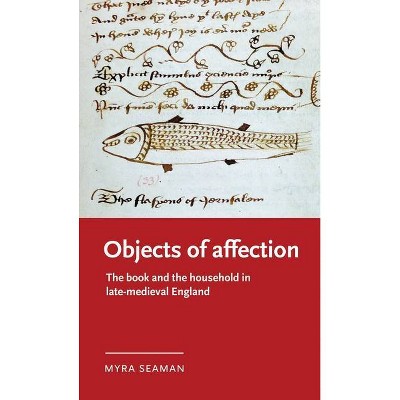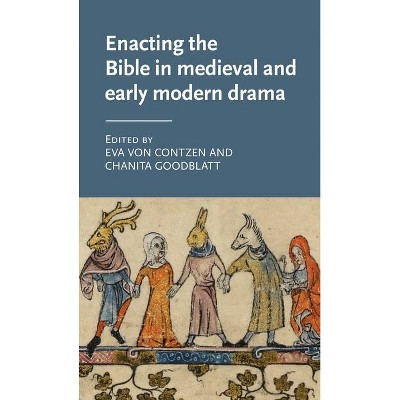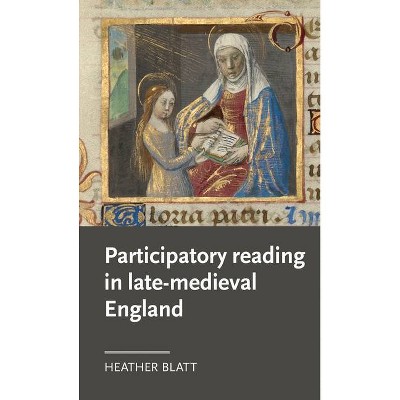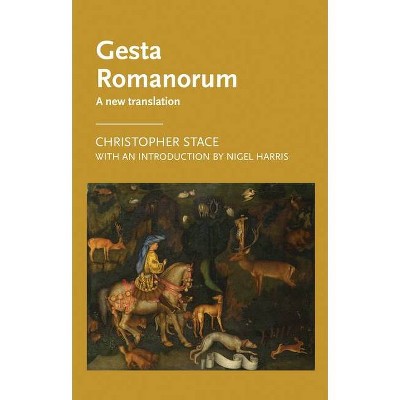Objects of Affection - (Manchester Medieval Literature and Culture) by Myra Seaman (Hardcover)

Similar Products
Products of same category from the store
AllProduct info
<p/><br></br><p><b> About the Book </b></p></br></br>This study investigates the affective agency of the book, through the emotional literacy training that a single codex provided a late-medieval English household. It demonstrates how MS Ashmole 61 affirms both the physical and moral agency of nonhumans, who fashion spiritually generous and socially mindful human household members.<p/><br></br><p><b> Book Synopsis </b></p></br></br><i>Objects of affection</i> recovers the emotional attraction of the medieval book through an engagement with a fifteenth-century literary collection known as Oxford, Bodleian Library Manuscript Ashmole 61. Exploring how the inhabitants of the book's pages - human and nonhuman, tangible and intangible - collaborate with its readers then and now, this book addresses the manuscript's material appeal in the ways it binds itself to different cultural, historical and material environments. In doing so it traces the affective literacy training that the manuscript provided its late-medieval English household, whose diverse inhabitants are incorporated into the ecology of the book itself as it fashions spiritually generous and socially mindful household members.<p/><br></br><p><b> From the Back Cover </b></p></br></br><i>Objects of affection</i> reveals the affective agency of the book by exploring the emotional literacy training that a single codex provided to a late-medieval English household. Oxford, Bodleian Library Manuscript Ashmole 61 was produced by a scribe in Leicestershire sometime between 1475 and 1510. It includes forty-one verse texts that encourage particular performances of late-medieval Christian citizenship. <i>Objects of affection</i> examines how the body of the manuscript, including images of fish and flowers scattered like graffiti throughout, contributes to the reader's full experience. It shows that diverse inhabitants of the household produce the ecology of the book as they are incorporated into it: in the material world they generate and that guides their living, in the social and spiritual desires that shape their influences in that world, and so on. Ultimately, Ashmole 61 affirms not only the physical but the moral agency of nonhumans, as they fashion spiritually generous and socially mindful human household members. <i>Objects of affection</i> utilizes and contributes to three clusters of approaches: manuscript studies and history of the book; new materialisms, object studies, and critical animal studies; and the history of emotions. This methodological assemblage will be of interest to interdisciplinary audiences, from academic libraries and individual scholars to graduates and undergraduates in courses focusing on MS Ashmole 61 and other late-medieval manuscripts.<p/><br></br><p><b> About the Author </b></p></br></br>Myra Seaman is Professor of English at the College of Charleston
Price History
Cheapest price in the interval: 103.99 on October 27, 2021
Most expensive price in the interval: 103.99 on December 20, 2021
Price Archive shows prices from various stores, lets you see history and find the cheapest. There is no actual sale on the website. For all support, inquiry and suggestion messages communication@pricearchive.us




















